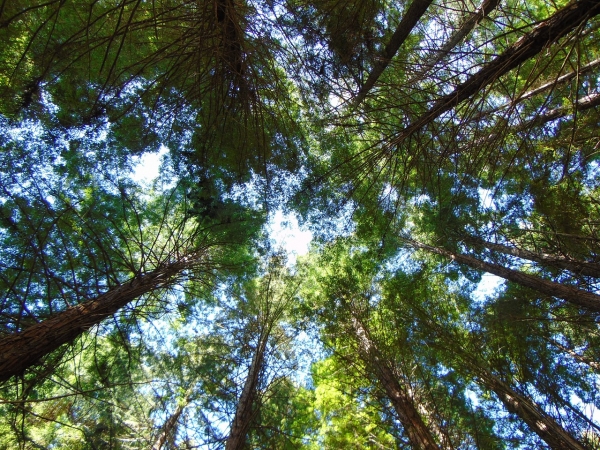Redwoods and oaks that thrive on California’s coastline and coastal mountains might soon start finding it harder to survive. Human-caused climate change is altering the temperatures and rainfall patterns to which those and other trees are accustomed, and many have already been pushed close to the edge of what they can endure.
Identifying suitable new habitats will soon become a matter of life or death for some California native species, according to Lawren Sack, a UCLA professor of ecology and evolutionary biology. But if those trees could talk, where would they tell scientists they wanted to live?
In a new study, a team led by Sack and other UCLA biologists deciphered a secret language in leaves and woody stems that points to the species’ optimal habitats. Scientists could use that information to better identify new locations where they could establish new populations of plants and to develop better protections for their existing habitats.
Surprisingly, scientists and conservationists don’t yet have a reliable way to determine the optimal environment for any given plant species; they tend to base their judgments primarily on the locations where plant species currently grow. But for many plants, their current habitats aren’t ideal.
Read more at University of California - Los Angeles
Photo Credit: Ceejay21 via Pixabay


